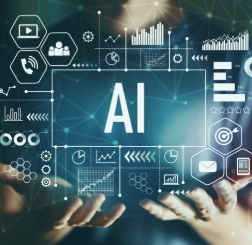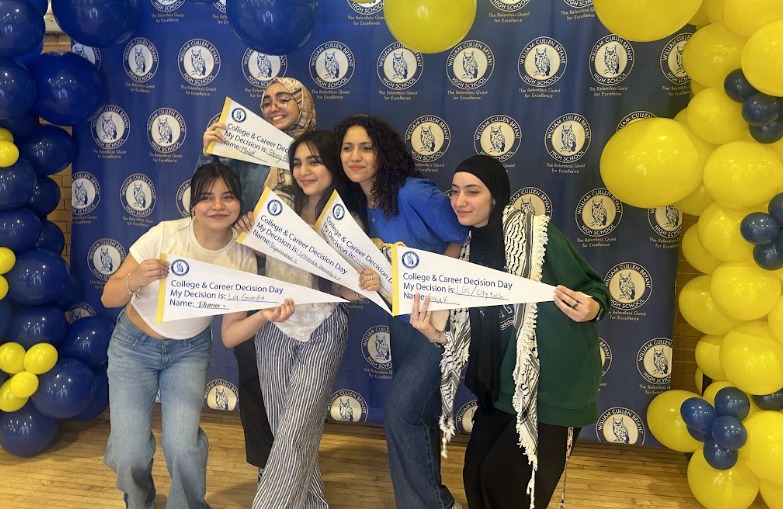
I’m pretty sure that a lot of us know what AI is, but if you don’t, AI stands for artificial intelligence. AI is the intelligence of machines and software, as opposed to the intelligence of humans. It is being integrated into society and people are starting to see it be more and more present in our daily lives; opening our phones with facial recognition, social media algorithms, digital voice assistants, etc. However, as the future progresses some predict that AI will become even more integrated into our society and will eventually take over some of the jobs that are done by humans. There are many debates regarding AI on whether it could enhance our society or just be detrimental to our society because of the different things that it brings to the table.
Where is AI Used?
We are seeing AI in things such as self-driving cars, manufacturing robots, and smart assistance in applications such as ChatGBT, Healthcare, Social media, marketing, etc. One of the fields that AI is affecting is the education system. Although when we come across the topic of AI there’s always this impending sense of Doom, because of all of the media that has been created to paint the picture that AI is evil and that it will take over the world. Everything has its positives and negatives, and AI is no different from that rule. Researchers have taken a step back and have looked at AI through the lens of an unbiased tint, and they have made some interesting inferences.
AI in School: The Pros
AI, in some ways, can help students in their educational journey by taking in the information that they received by studying the student’s tests, notes, etc, and analyzing the data to figure out the student strengths, weaknesses, and their learning preferences. In return, AI can offer distinct educational content to that student,which helps the student learn at their own pace. It tends to the student’s weaknesses that they might not share with other students. This is something that teachers can’t always do in-depth because they have 30 other students to worry about, and it would take a lot of time for them to do it but with AI it’s instantaneous.
AI also promotes new forms of interaction with students and teachers. They can speak and communicate with the AI source which can benefit them in return with their educational experience. Since AI can generate almost human-like responses it can eventually build up into helping students with disabilities or where there is a language barrier. In areas where a teacher would lack, AI would be able to cover that. That development can help students who have disabilities, further their education, and hopefully make their learning experience better for them during school.
However, some negatives counteract them.
AI in School: The Cons
By integrating and using AI so much, students and teachers can develop an over-reliance and a dependence on AI. That then translates to them not being able to do things by themselves without the help of AI. It can also increase laziness among the students. Essentially it diminishes the human’s ability to be able to critically think and make decisions for themselves. If they constantly lean on AI to help them with their school work or even do their school work for them, there’s no room for them to develop and grow their minds because they’re not doing anything.
Another downside of AI is that it can result in losing the human essence of things. That little spark that makes things human. AI is a robot, it is programmed to be blunt and straight to the point. It lacks empathy, it lacks human reasoning. Students could be affected by this by not being able to hold any social interaction because they are so used to communicating with AI. They don’t build and develop their skills on how to handle social situations, and how to interact with people. If AI is integrated deeply into the education system, everything loses its authenticity and humanness.
Sources:













